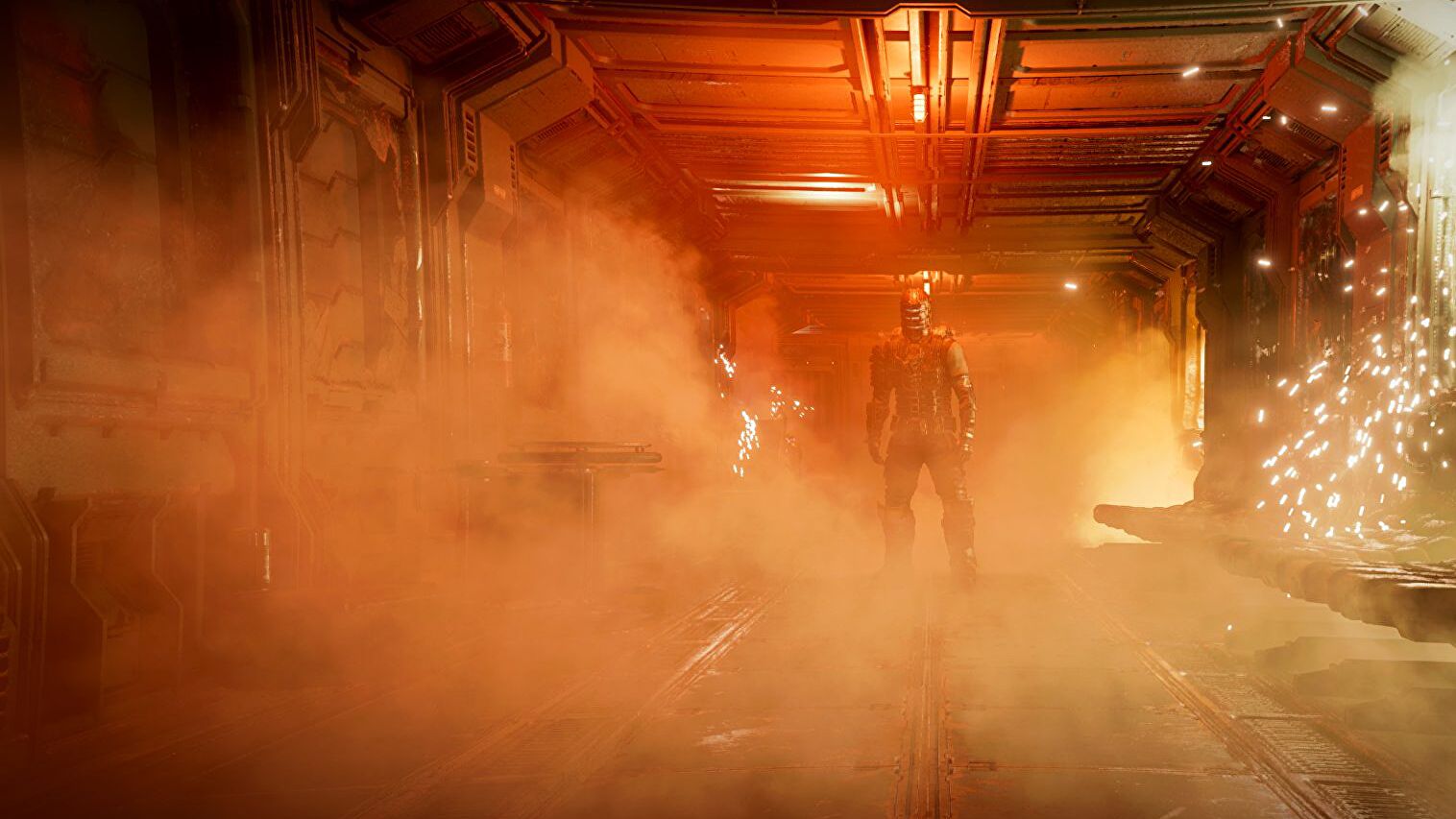
The not-so-good ship ISG Ishimura is around 62 years old by the time Isaac Clarke arrives there in Dead Space. During its long career as a “planet cracker”, this unpleasant hybrid of Nostromo and whaling vessel has been modded and expanded in grander and smaller ways. Even playing a newcomer – part of a small team sent to repair the Ishimura following a loss of comms – you feel that history of alterations as you stomp from sector to sector, fixing up broken systems while demolishing the, as it transpires, horribly mutated undead remnants of the crew.
Each section is an architectural battle between elementary worker needs such as guardrails and the requirements of enormous machines, with the argument typically falling in the machines’ favour. The age and quality of the fittings also reflects a corporate class divide: the bridge is a gleaming concert stage with fancy free-standing glass displays, while the mining and maintenance decks are a warren of rust and asteroid debris, with huge turbines roaring away inches overhead. It often feels like more thought has been given to the placing of snack vending machines than life-saving fixtures like O2 dispensers. The aforesaid zombies or “Necromorphs” have set their own stamp on the décor, filling whole decks with carpets of grumpy biomatter, and turning every human-sized vent into an object of menace.
It’s not a great place to call home, even if you’re an officer, but it’s an engrossing play environment – give or take its clownish lore graffiti, anyway. Revisiting the 2008 game last year in anticipation of this year’s meticulous but in key respects, disappointing remaster, I was struck by how Dead Space layers up your understanding of the Ishimura by shuttling you back and forth, entering layouts from different angles with different objectives. Admittedly, the fact that literally every mechanism you need to survive has to be fixed grows absurd towards the finish. But the payoff is that the environment feels persistent and alive in a way, say, the prison of spiritual sequel The Callisto Protocol never did for me. Dead Space is celebrated for its devoted yet distinctive spin on Giger – from the outside, the orbiting Ishimura looks like an enormous facehugger drifting above a ruptured egg – but it’s the way the game keeps you moving around and reappraising the setting that makes it such an evocative haunted house.





